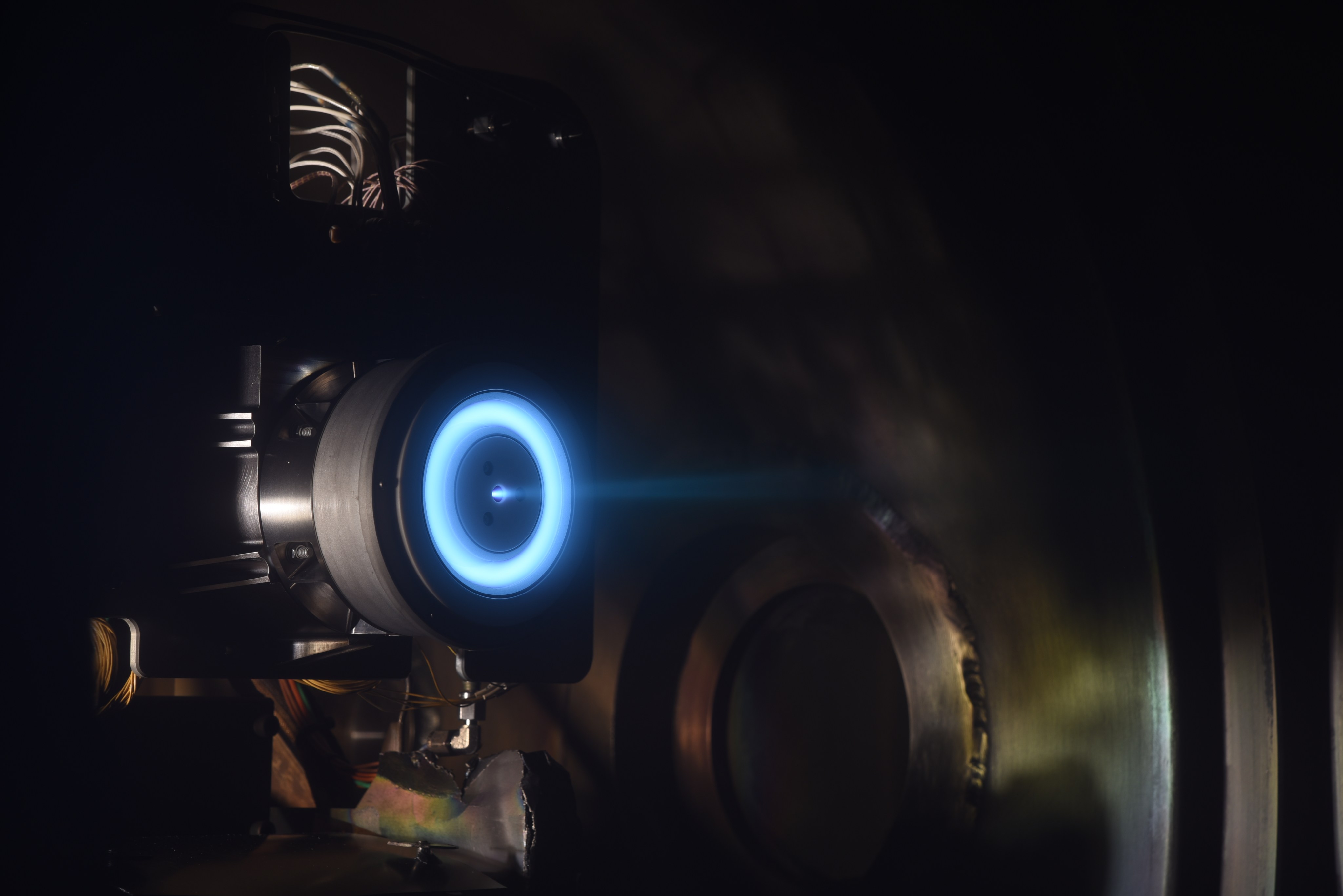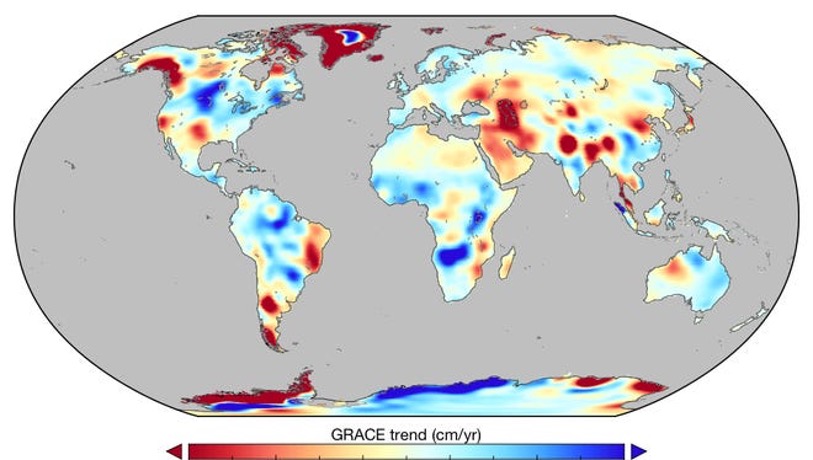4 min read
The Lunar Environment Monitoring Station (LEMS)
As we embark on an era of renewed exploration of our closest cosmic neighbor—the Moon—a need arises for a new generation of surface instruments that can operate autonomously for very long durations in the harsh lunar environment. To respond to this challenge, NASA has developed technologies to enable an autonomous lunar surface station that will revolutionize data gathering on the Moon in the same way that scattered ocean buoys revolutionized collection of meteorological data on Earth.
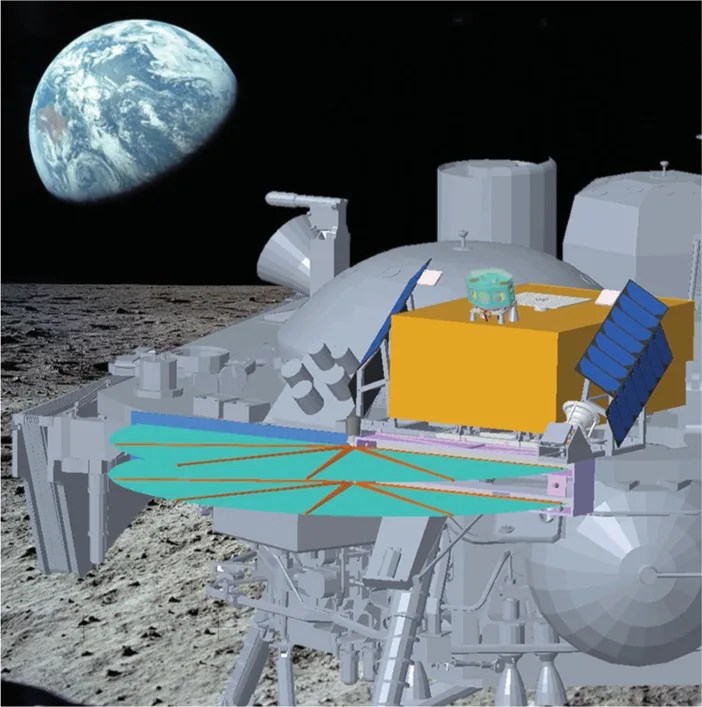
Many key geophysical phenomena at the Moon evolve over time scales of days, weeks, and even years. These trends often follow the cycles of the Moon’s slow rotation, its revolution around Earth, and the coasting of the Earth-Moon system around the Sun. Understanding how the lunar interior, surface, and tenuous atmosphere change over time requires continuous collection of geophysical measurements over long periods of time, preferably at many locations. Although this concept seems simple in principle, the extreme temperatures experienced during the lengthy lunar days and nights, which each last approximately 15 Earth days, present a serious sustainability problem for any conventional payload.
To address these challenges, a team from NASA’s Goddard Space Flight Center has completed building and flight-qualifying the Lunar Environment Monitoring Station (LEMS), a new lunar surface station capable of operating autonomously and sustainably for years at the Moon to collect geophysical measurements continuously during lunar days and nights. NASA’s LEMS project lead, Dr. Benna explained that this Moon buoy could allow a variety of lunar surface sensors to continue operating unsupported, long after the ferrying lander has ceased operations or the Artemis crew has left the site.
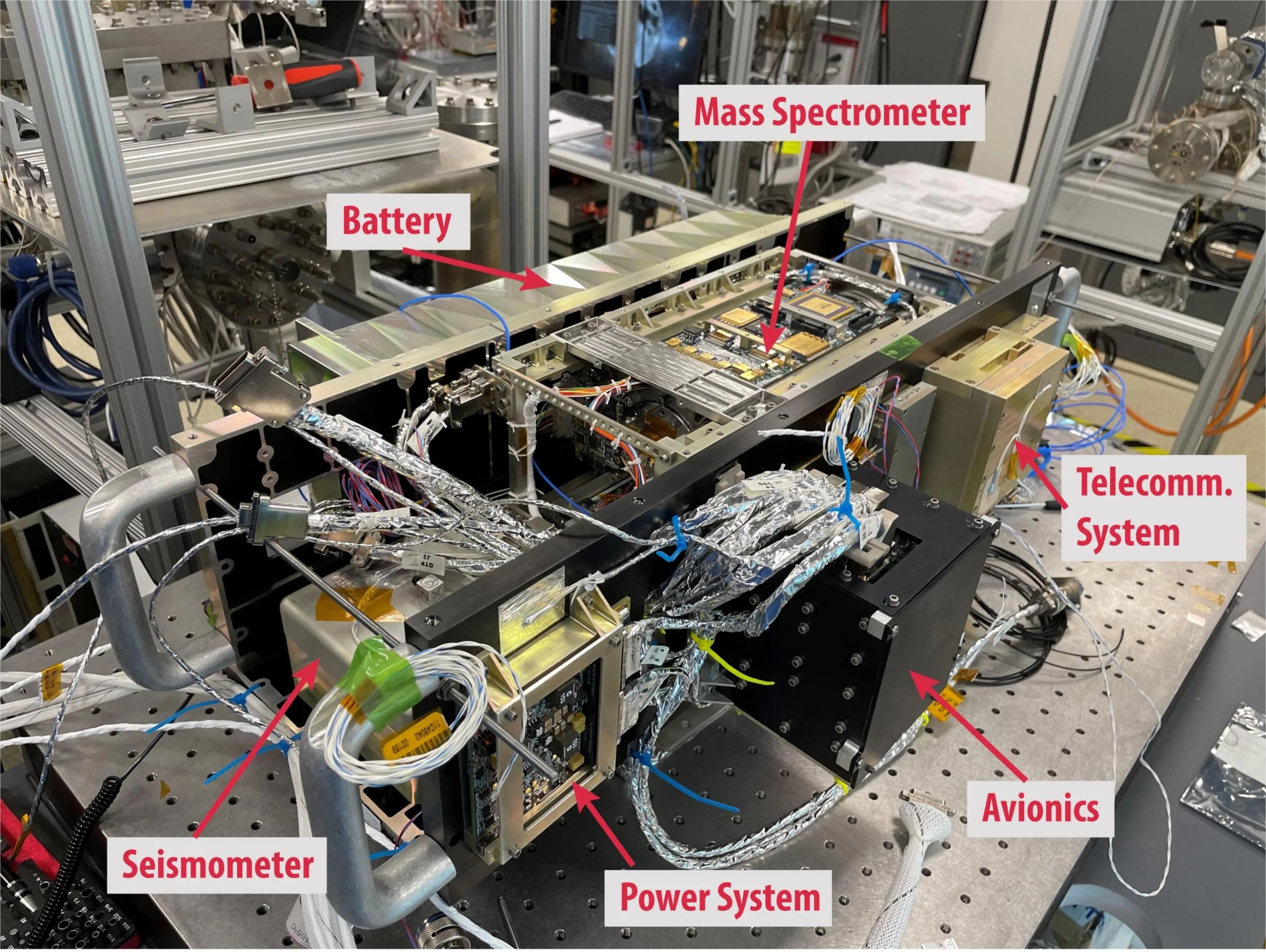
Owing to its very efficient thermal and power design, the suitcase-size LEMS will maintain its sensors at suitable temperatures, well shielded from the extreme temperatures (-180 deg C to +120 deg C) that batter the lunar surface. Solar arrays will power the station during the lunar day, and a battery pack will sustain it during the long lunar nights. An autonomous computer (labeled “Avionics” in the figure above) will manage the station’s power and temperature states and the daily data collection tasks. Once a month, LEMS will turn on its onboard radio to establish direct communication with Earth via one of the Deep Space Network (DSN) ground stations and relay its monthly trove of data. At the end of each telecommunication session, LEMS will resume routine operations collecting observations from its outpost on the lunar surface for another month. This monthly routine of autonomous data collection and relay back to Earth mirrors the low-burden operation scheme that characterizes ocean buoys collecting data on Earth.
LEMS was designed to carry a variety of sensors. In its first configuration, the station is baselined to deploy a complement of four sensors: a broadband seismometer, a mass spectrometer, a solar wind monitor, and a meteoroid impact monitor. This suite of sensors will monitor how the interior, surface, and tenuous atmosphere of the Moon change in response to tidal stresses (the gravitational pull of Earth and the Sun on the Moon), the constant influx of charged particles from the Sun, and the impact of micrometeoroids on the lunar surface. Additionally, LEMS will provide long-term monitoring of environmental hazards that could affect future human exploration of the Moon.
The LEMS project team at Goddard has built an engineering unit of the station to demonstrate its autonomous self-sustaining operation in the lunar surface conditions. The LEMS unit was subjected to vibration tests to simulate the mechanical stresses of launch and Moon landing. Thermal vacuum tests were used to replicate the thermal conditions that LEMS must survive unassisted on the surface of the Moon.
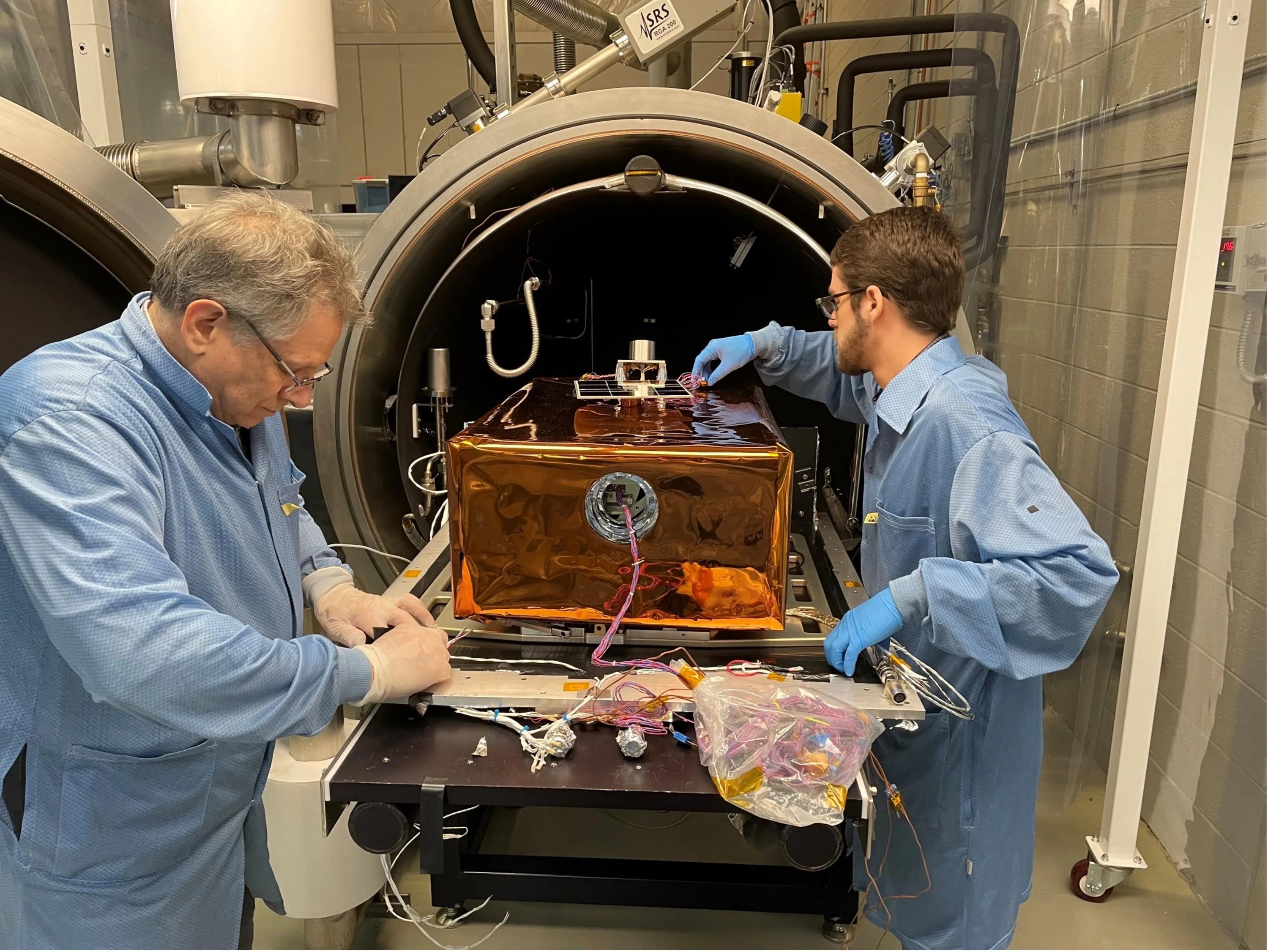
LEMS was funded by the NASA Planetary Science Division’s Development and Advancement of Lunar Instrumentation (DALI) program. This program supports the advanced development of spacecraft-based instruments that show promise for use in future Lunar missions, including commercial ventures.
Dr. Mehdi Benna, NASA Goddard Space Flight Center (GSFC), and the University of Maryland Baltimore County (UMBC).
Planetary Science Division Development and Advancement of Lunar Instrumentation (DALI) Program
Read more Technology Highlights

